肿瘤转移是一个复杂的过程,在原位和转移部位癌症细胞和宿主间质之间都存在相互关系,这些相互关系受到组织微环境的强烈影响,肿瘤周围组织缺氧属于微环境中比较重要的一个因素。
肿瘤分泌蛋白在肿瘤和宿主细胞相互作用过程中发挥关键作用,也是肿瘤治疗的潜在目标。85%的转移性乳腺癌患者会出现骨转移现象,也是晚期乳腺癌无法治疗的重要因素。溶骨性骨损伤导致骨骼退行性改变会增加肿瘤骨转移的发病率和死亡率,但是控制早期溶骨性骨损伤的分子基础目前并不清楚。
a, Representative three-dimensional reconstructions of tibiae from tumour-bearing mice with or without bisphosphonate treatment. b, Tibial bone loss is abrogated in tumour-bearing mice treated with bisphosphonate (n: mice; control 5; 4T1scr tumour 4; 4T1scr tumour + bisphosphonate 4). c, Similar effects are observed in CM-conditioned models treated with bisphosphonate (n = 5 mice all groups). d, e, Quantification (d) and representative whole-body IVIS imaging (e) of intracardially injected 4T1Luc tumour cells after conditioning with 4T1scr or 4T1shLOX CM. (n: mice; 4T1scr CM+IgG 8; 4T1scr CM+LOXAb 8; 4T1shLOX CM+IgG 10). f, Micro-CT lesion analysis of mice after intracardiac injection following pre-conditioning (n: mice; 4T1scr CM+IgG 6; 4T1scr CM+LOXAb 8; 4T1shLOX CM+IgG 8). g, Representative whole-body IVIS imaging of 4T1Luc tumour cells at 1 and 5 weeks after intracardiac injection. Mice were conditioned with hypoxic 4T1scr CM with and without simultaneous treatment with bisphosphonate. White boxes in e and g denote, tumour burden analysis region-of-interest. h, log2 quantification of g (n = 5 mice all groups). i, Schematic of LOX-mediated effects on bone homeostasis in vivo.b–d, f, h, Data are mean ± s.e.m. *P < 0.05, **P < 0.01, ***P < 0.001, unpaired parametric two-tailed t-test.
*新《自然》研究论文发现,缺氧是雌激素受体阴性乳腺癌骨转移的关键因素。赖氨酰氧化酶是低氧分泌体的特定标记物和破坏骨组织的重要原因。在低氧条件下,乳腺癌细胞赖氨酰氧化酶表达明显增加,通过系统转移的乳腺癌细胞利用赖氨酰氧化酶分泌实现肿瘤细胞在骨骼组织的定位种植。如果系统性抑制赖氨酰氧化酶活性能避免骨质被肿瘤细胞破坏。*新研究认为,赖氨酰氧化酶是一种新的破骨促进因子。能破坏正常骨稳态,形成局部恶性肿瘤转移的骨损伤。这种骨损伤给循环中的肿瘤细胞提供了增值生长的平台,为恶性肿瘤转移的形成提供了土壤条件。这一研究为针对恶性肿瘤转移治疗提供了一个新的可能目标。
http://www.nature.com/nature/journal/vaop/ncurrent/full/nature14529.html


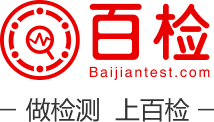
 1stGB/T 21090-2007 可调色乳胶基础漆 现行
1stGB/T 21090-2007 可调色乳胶基础漆 现行
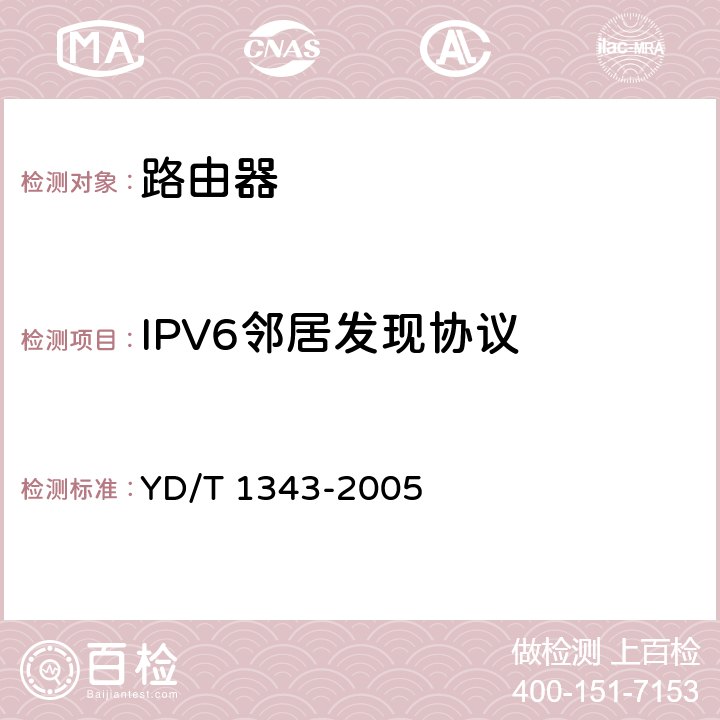


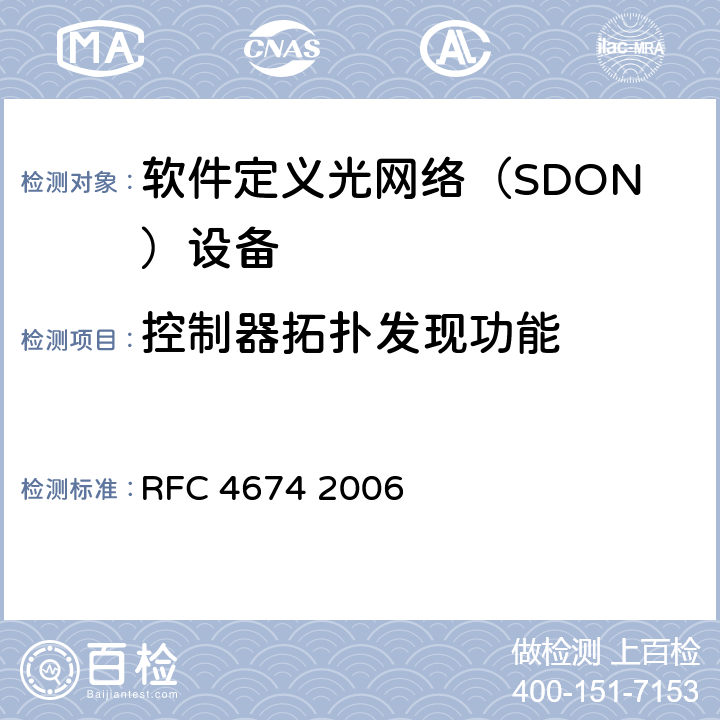


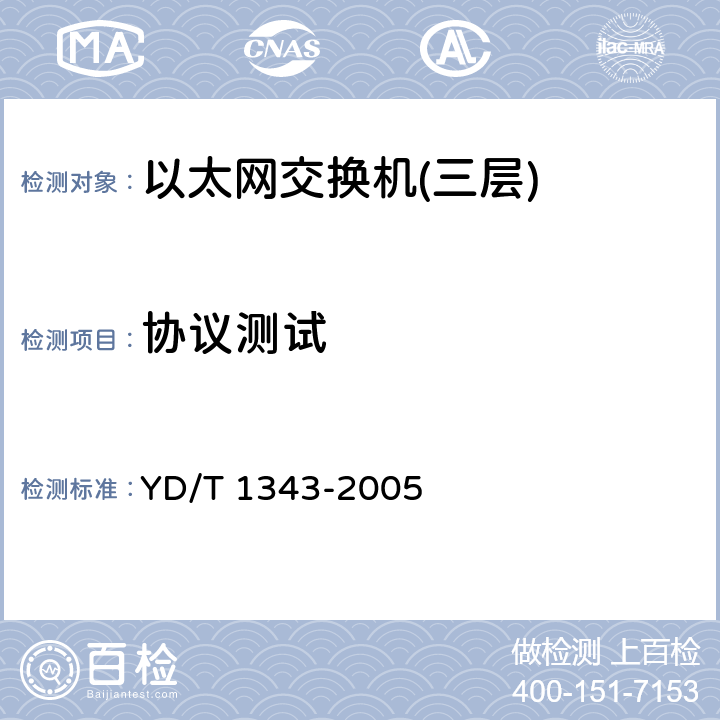
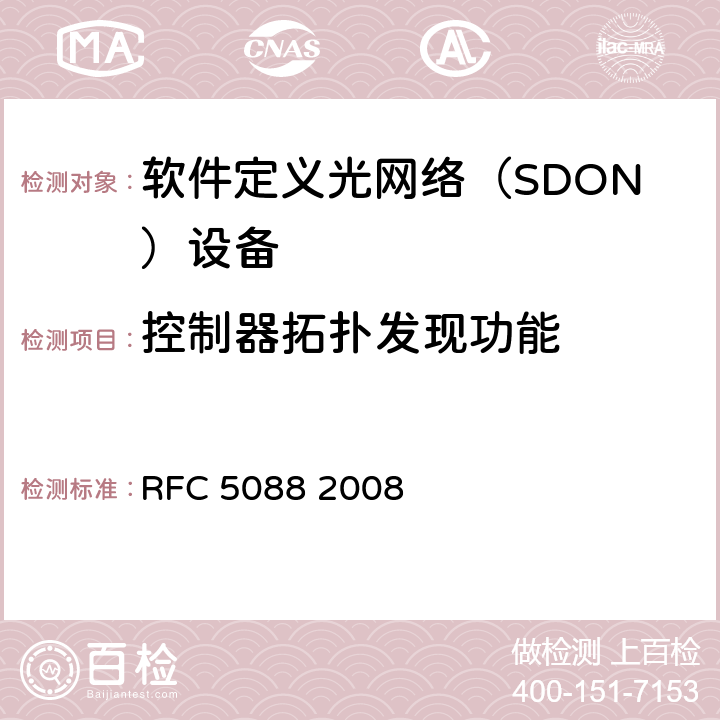
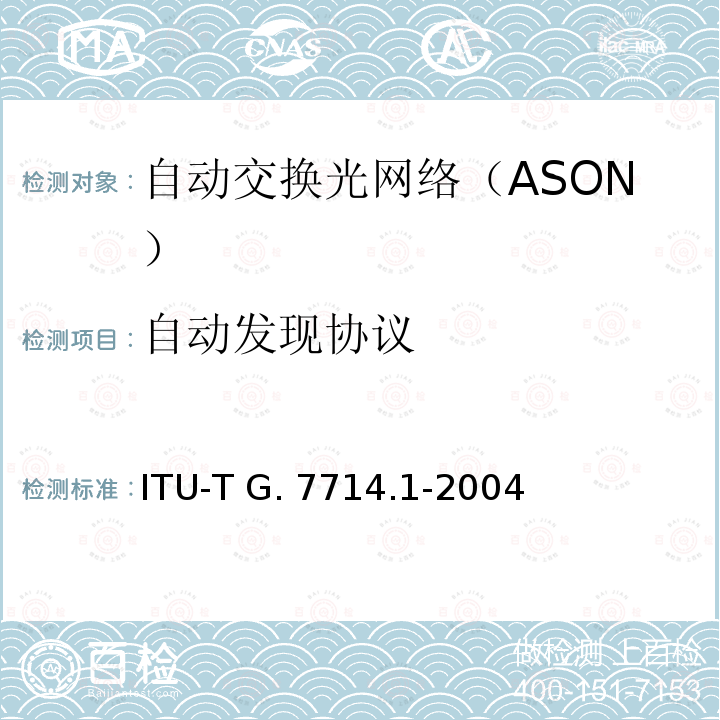



 400-101-7153
400-101-7153 15201733840
15201733840

